Art World
10 Influential Artists Recall Their First Exhibitions
Even the best artists started somewhere.

Even the best artists started somewhere.

Rain Embuscado

Where competition is fierce and demands run high, the path to making it as an artist is far from easy.
Here, artnet News offers a collection of accounts from 10 famous artists on their first big break. From Hank Willis Thomas’s unexpected phone call to Shirin Neshat’s early encounter with a legendary gallerist, these stories remind us that diligence and talent take you far—but a bit of luck gets you that extra mile.
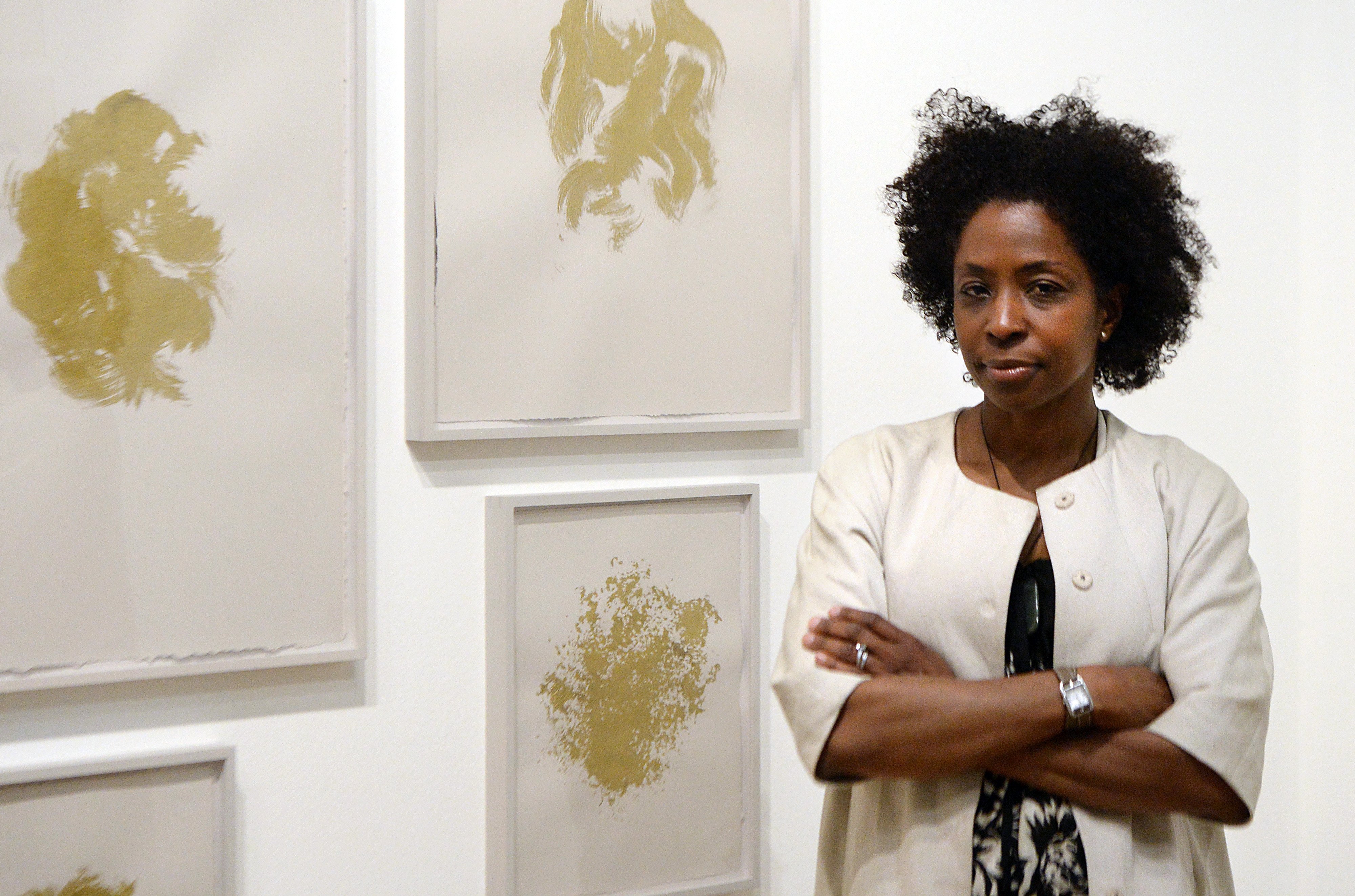
Lorna Simpson. Courtesy of Getty Images.
1. Lorna Simpson
After graduating from New York’s High School of Art and Design in the 1970s, I went to SVA while working as an intern in the education department at the Studio Museum, and I was often out and about in the art scene downtown. My first show was “Working Women/Working Artists/Working Together,” which the great feminist curator Lucy R. Leppard and Candace Hill-Montgomery curated as part of “Views By Women Artists,” a series of 16 independently curated shows in 1982. I met Lucy in a chance encounter on the subway. I remember sitting on the train next to Ana Mendieta talking about Cuba and her childhood. Lucy Lippard was sitting across the aisle.
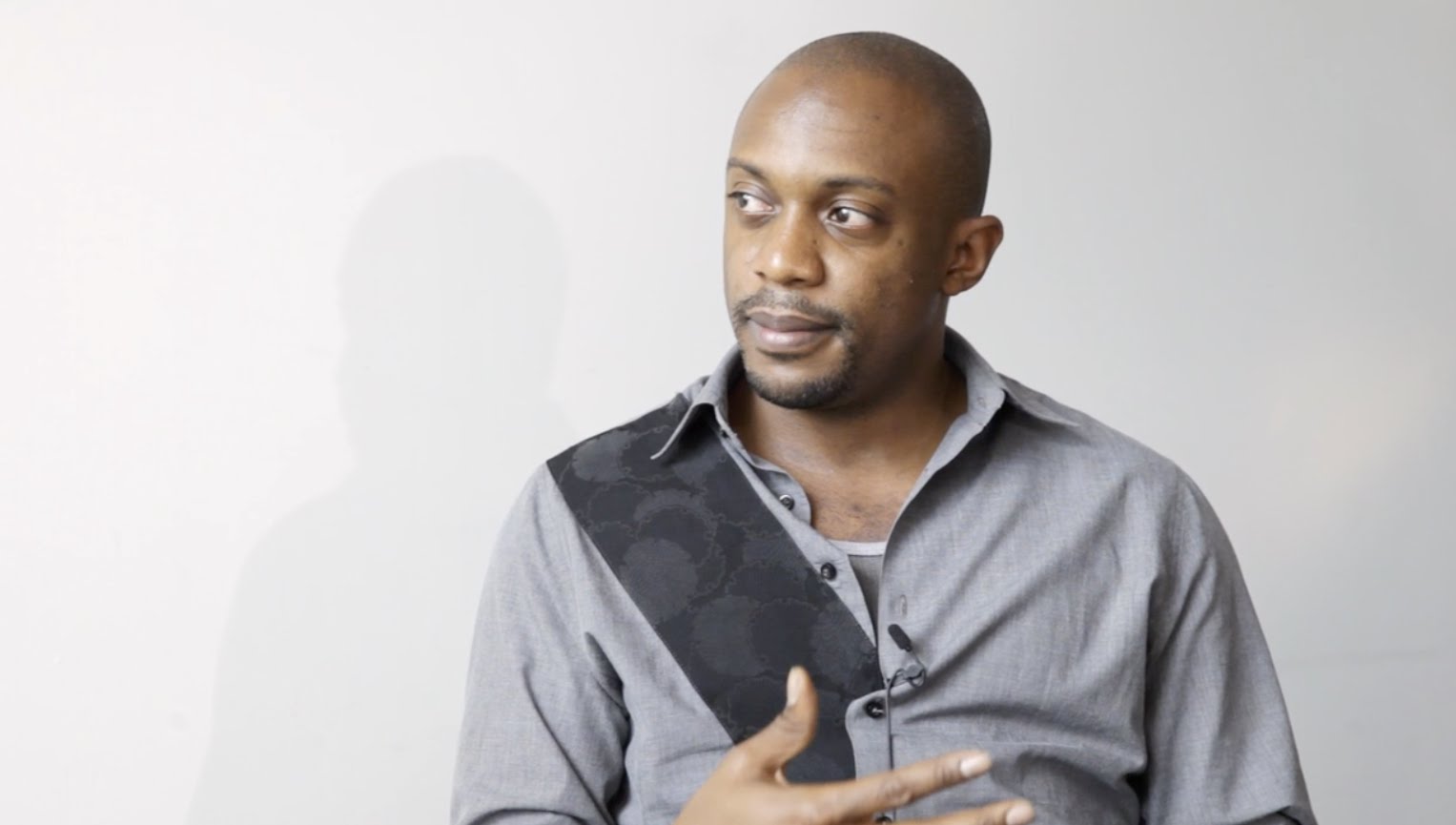
Hank Willis Thomas. Courtesy of YouTube.
2. Hank Willis Thomas
A colleague from from California college of the arts Evan Jourdan who was closer to my friend Shane Aslan Selzer, graduated a year ahead of us and got a job art handling at Jack Shainman Gallery. Young independent curators Trevor Schoonmaker and Isolde Brielmaier curated a show around 2004. I think Evan said to gallery co-owner, the late great Claude Simard: “If you like that work, you might like this guy.”
Very soon after I got a call in San Francisco from a guy with a very thick accent talking about some gallery in Chelsea I’d never heard of. “I’m from Jack Shainman gallery and we’d like to see if we can do something with your work. Can you send a few examples so I can see it in person?” Most of my early grants & exhibition and opportunities came from classmates, even ones I wasn’t close to. The lesson: you never know who’s looking out for you.
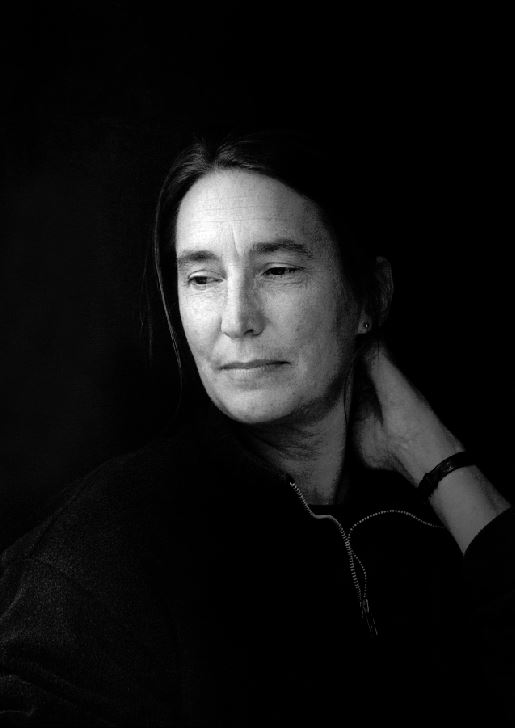
Jenny Holzer. Courtesy of Nanda Lanfranco.
3. Jenny Holzer
I had my first international show after Dan Graham noticed the anonymous street posters I’d wheatpasted around New York and asked who did them. Dan recommended me to Rüdiger Schöttle in Munich, and Kasper König put me in his “Westkunst” exhibition thereafter. Thank you, Dan.
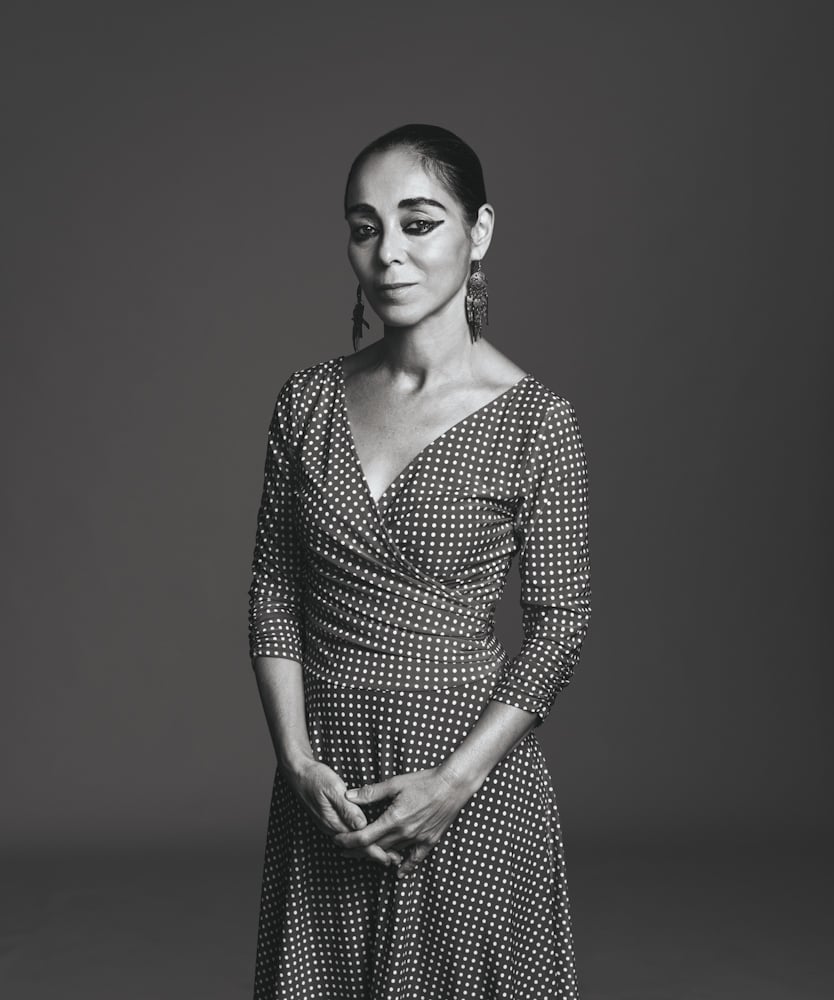
Shirin Neshat. Courtesy of Rodolfo Martinez via the Goodman Gallery.
4. Shirin Neshat
I remember it was summer of 1995 at the Venice Biennial and I was participating in a group exhibition titled Transculture, organized by Fumio Nanjo, where I was exhibiting a selection of photographs. One day I was in the gallery when Annina Nosei walked in. She studied the photos very carefully and quietly, and then she walked over to me and without any introduction said in her Italian accent: “I offer you a solo-show at my gallery this September.”
I was flattered by this invitation, but was completely shocked because September was only two months away and I had so far only produced eight to 10 photographs, so I found myself at a loss for an answer. I can’t remember how I managed, but my first gallery exhibition opened at Annina Nosei in her Soho space in September of 1995. To my surprise the show received critical attention, and Annina succeeded in launching my career like she had for so many other artists.
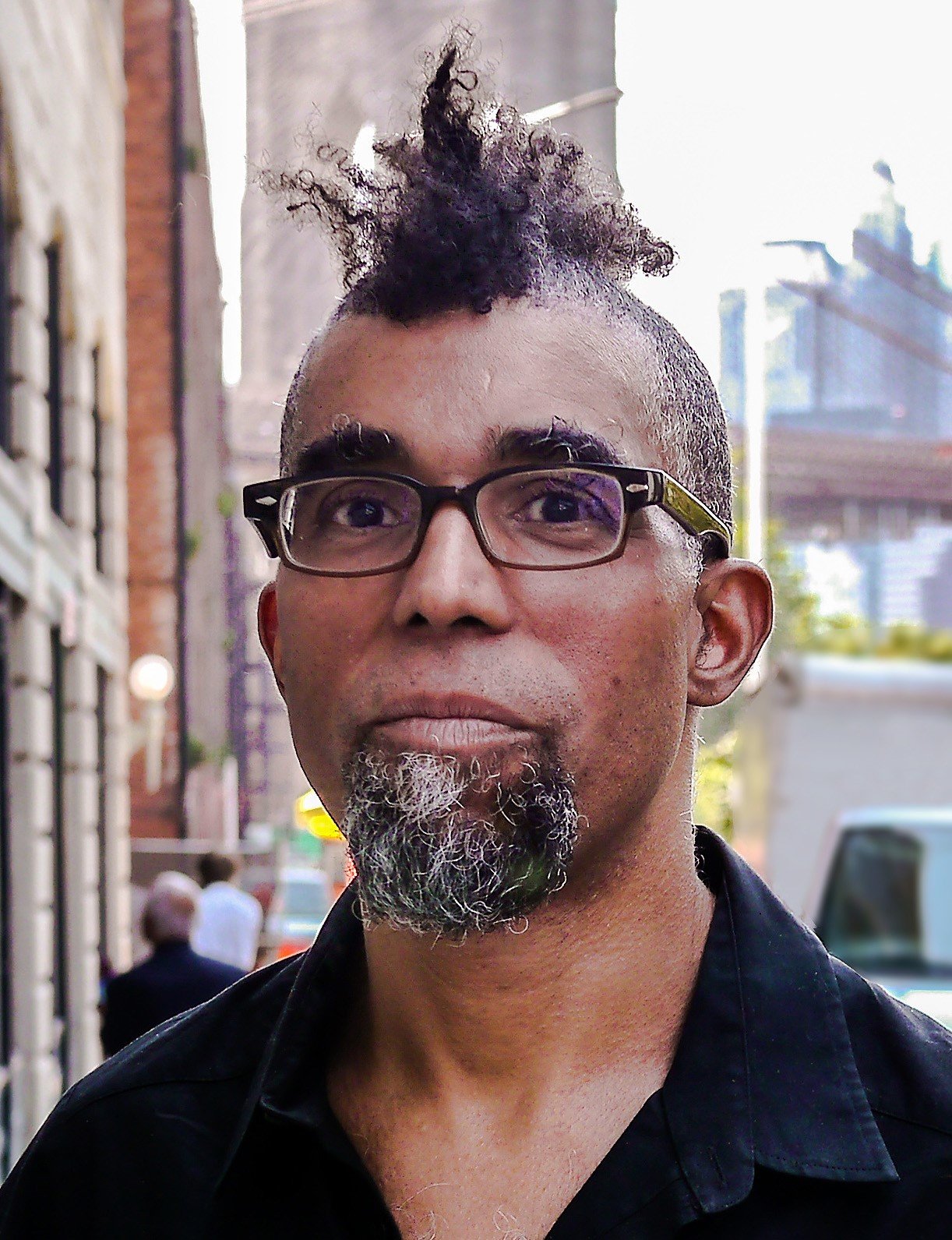
Dread Scott. Courtesy of the artist.
5. Dread Scott
My first significant gallery exhibition was a bit of an accident. I had an artwork, What is the Proper Way to Display a US Flag?, that was at the center of a national controversy over its use of the American flag. President G. H.W. Bush had publicly called the work “disgraceful,” and it was very much in the news while I was still an undergrad. In this context, a commercial New York gallery, Wessel O’Connor, offered me a show and to represent me. So this show just fell in my lap. This was in 1989, and no one I knew had any thoughts of making a career as an artist, and I barely knew what representation was. But I was happy for the opportunity and the show turned out to be quite well-received.
More important than this, at least in terms of action I took to show my work, was a decision I made five years earlier. I entered a juried competition when I was 20. I had come to the naive, but correct, conclusion that my work was as good or as bad as plenty of the work I was seeing in shows, so why shouldn’t my work be on view also. This confidence in myself and decision that my work should be shown was decisive. I knew that my work would continue to mature as I got older, but that for that to happen, it had to be seen.
As a general rule, juried competitions are a rip-off and are not useful for building artist’s career beyond their first couple of exhibition opportunities, but that’s what this was for me. This show was at the Illinois State Museum and I still remember literally leaping into the air when I opened the letter that and it read that my work had been accepted into the show. What was important was the decision to show my work and find the venues that would show it. That decision and ongoing approach has led to the shows I’ve had ever since.
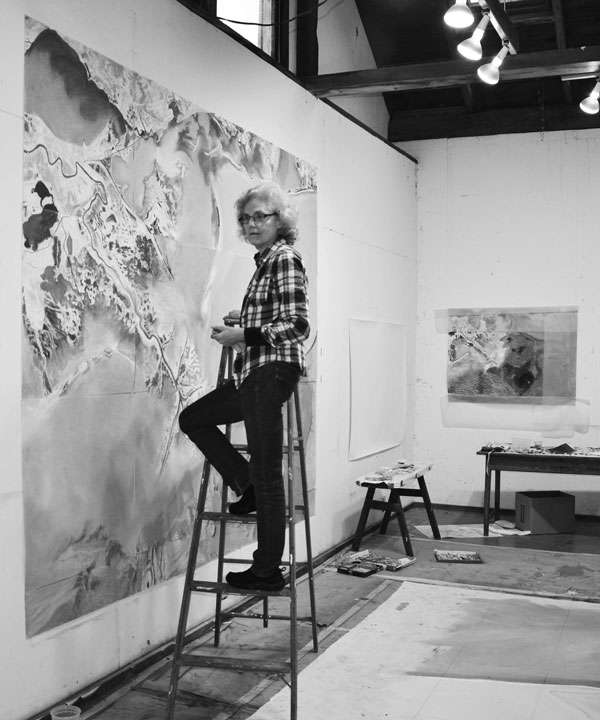
Susan Crile. Courtesy of the artist.
6. Susan Crile
Although I was never a color field painter, in 1970, I was socially part of the Greenberg color field group. At the time, I was making life-sized paintings of rugs, in particular, patterned, faded, and worn configurations that overlapped, draped or hung. In good part this was due to Anouche, an Armenian rug dealer on Amsterdam Avenue, who often gave me rugs that were too worn or torn to sell. The Greenberg group could not have been less interested in this work, and may not even have considered it painting. But the art world was very small at that time, and most dealers were more than happy to have real conversations about their artists and their work.
I began frequenting the Jill Kornblee gallery. Jill had an eclectic taste and showed a wide range of artists: Malcolm Morley, Howard Hodgkin, Dan Flavin, Janet Fish, Nina Yankowitz, Michelangelo Pistoletto, Jaunne Quick-to-See Smith, Rackstraw Downes, and Richard Smith, among others. This was where I wanted to show, but it took me several years to summon the courage to ask Jill if she would come for a studio visit. She did, she loved the work, and I had my first show at her gallery the following year, in 1971.
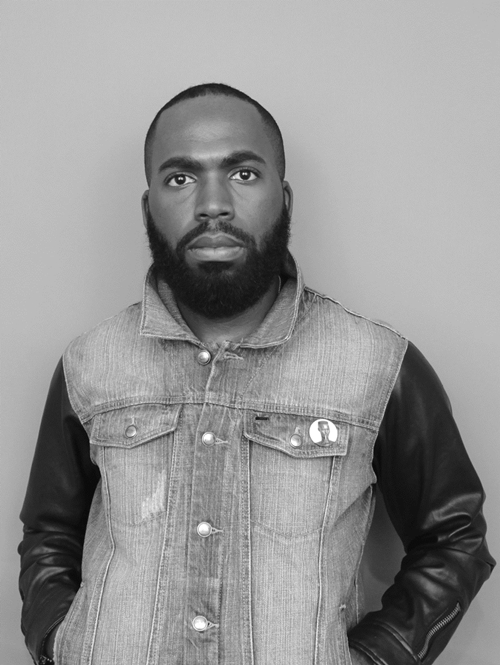
Artist Derrick Adams. Courtesy of Volta.
7. Derrick Adams
My first memorable exhibition experience I can recall from my earlier career was when I was included in a group show called “Hotel/Motel” in Harlem 2002 at Triple Candie, an alternative non-profit art space. I was just about to complete my time in Columbia University’s MFA program and like most younger artists uncertain about my next step. This exhibition, which also included artists who I respected and later became good friends with, was an important introduction for my work and thoughtful curatorial alignment for a successful beginning to my career.
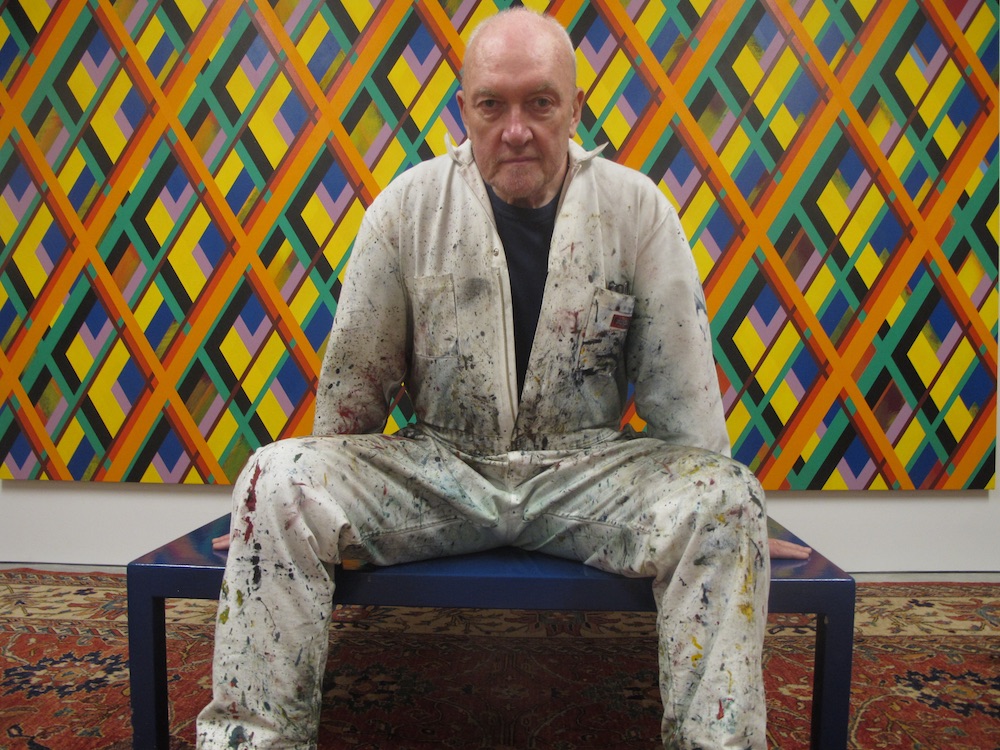
Sean Scully. Courtesy of Liliane Tomasko via Mnuchin Gallery.
8. Sean Scully
My first exhibition was in 1973 in the best gallery in London. I was straight out of art school, so it was a fairy-tale beginning. The gallery was the Rowan, owned and run by Alex Gregory-Hood, who was a colonel in the Second World War. After seeing people die, he devoted himself to art, and his artists. We became dear friends, and I stayed with him until he closed the gallery.
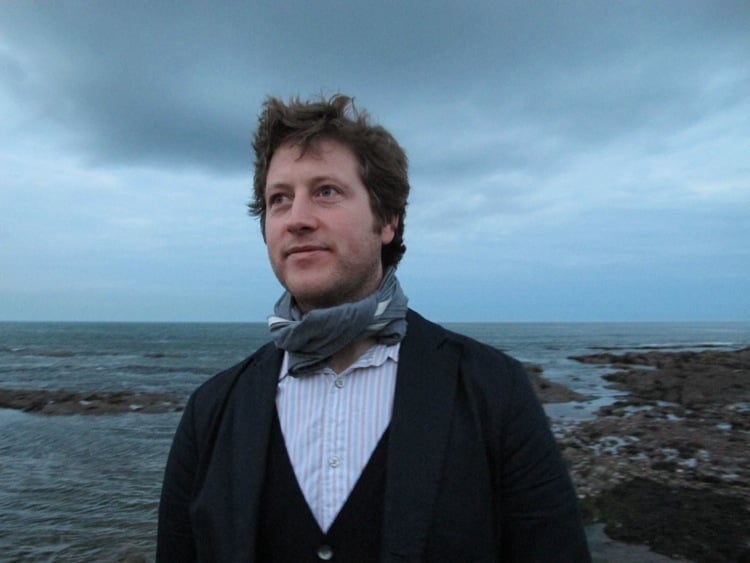
Peter Liversidge. Courtesy of Sean Kelly.
9. Peter Liversidge
My first solo show in London in 1998… I remember wondering if anyone would come, forgetting that I’d invited anyone and everyone who I met leading up to the opening. Amongst the work was a group of multiples titled Objects made at work whilst I should’ve been working; my boss came and spent time looking at the work.
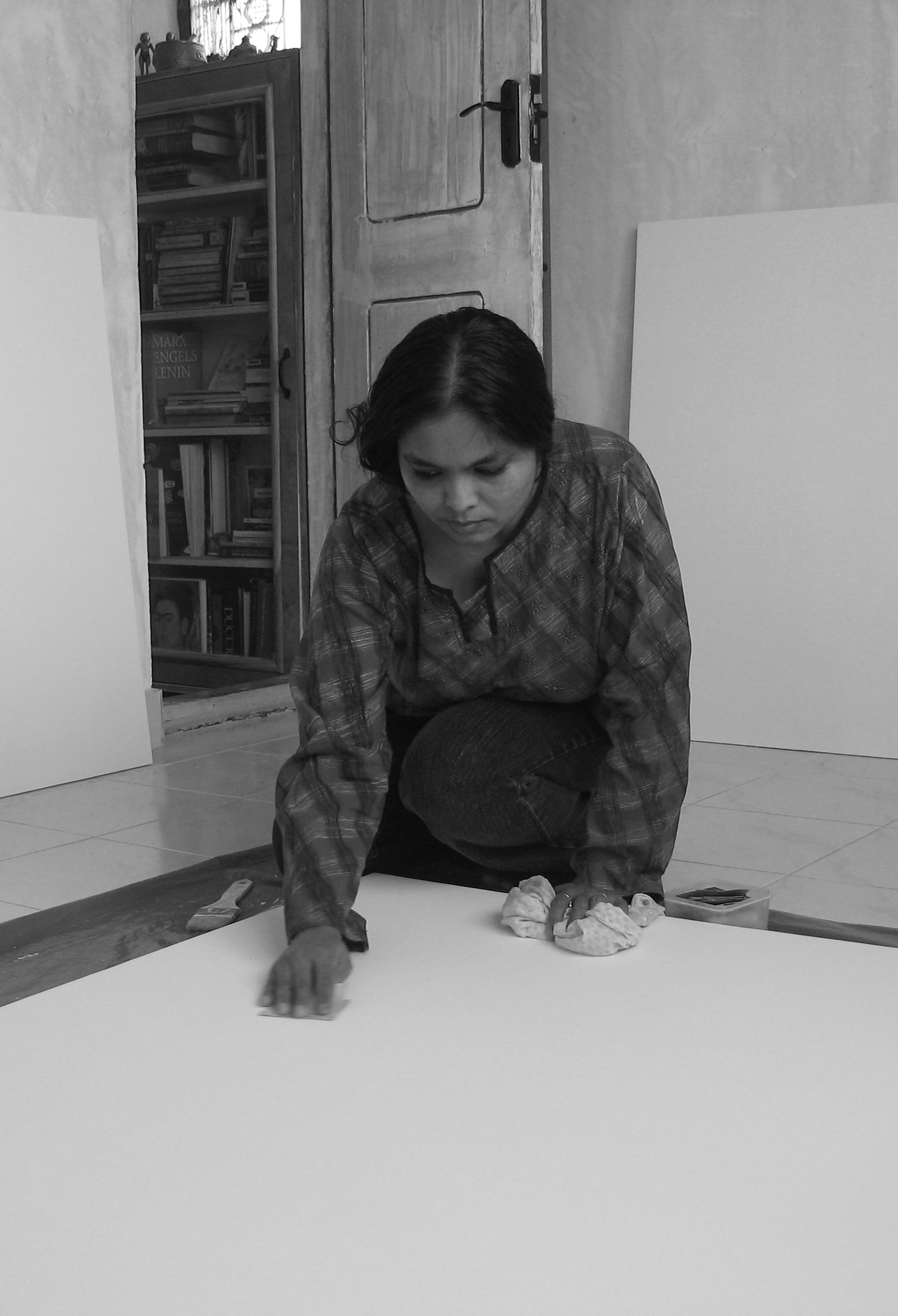
Prabhavathi Meppayil. Courtesy of Akshay M. via Pace Gallery.
10. Prabhavathi Meppayil
There was so much expectation surrounding me at this time, to get my work out of the studio and have it confronted with the world—an opportunity to contextualize it in a physical sense. When my first exhibition finally happened I felt an immense sense of relief.